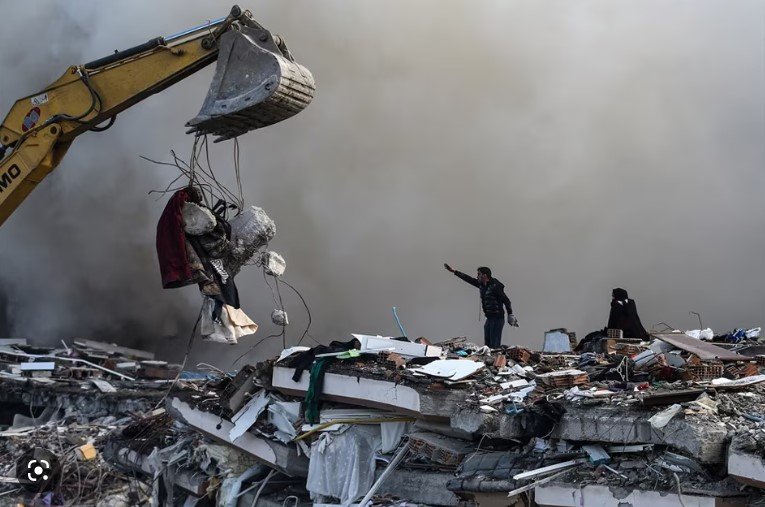Is California ready for an earthquake?
Our hearts go out to families affected by the recent earthquake in Turkey and Syria. Can a disaster like that happen here in California? Absolutely.
Did you know that designing a building to withstand a high-magnitude earthquake is practically impossible? Important buildings, like schools, hospitals, and fire stations, are engineered not to collapse during earthquakes so that people can evacuate. However, after a major earthquake, even these buildings are no longer safe. Other, less important buildings, like apartments, are designed to a lower standard. And the lowest standard of all is applied to single-family homes (maybe that is why earthquake insurance is so high when your home is near a fault line).
The building codes dictate minimum requirements, not disaster resilience. Even a brand-new building, designed to comply with the latest building codes, is only safe enough to allow evacuation and prevent collapse. Occupying such a building and operating it after a strong earthquake is not likely.
All of this information was new to Yevgenia and me when we took structural engineering classes at UC Berkeley. Our impression as college students was something like “well, I hope it doesn’t happen today!” Fifteen years later with no major earthquakes, we are all still safe, but still, rightfully, worried. We are worried that our built environment is not up to the challenge of a large earthquake, and that we tend to forget about this until a very sad reminder.
You may wonder why it is this way. Why are things not being addressed?
They are, to a degree. In a reactive manner, the building codes become stricter every time a major failure happens. Currently, there is a movement to retrofit historic buildings and soft-story apartment buildings. The retrofitting began after the last big earthquake, and building owners were given plenty of time to address the code updates. When all these projects are completed, we will all be a little safer.
Why not be more proactive with the retrofits and why not make the code even stricter in anticipation of the next big earthquake?
It is hard for us to imagine ourselves in the middle of a disaster when the sun is shining almost every day in California. We decide not to think about the odds of a major earthquake in our lifetime. The cost of the retrofits and the historically high cost of construction today, coupled with thinking that everything is going to be okay, stops us from investing in the resiliency of our buildings and insisting on policy changes.
Where would we want to be during a major earthquake?
Personally, I would either want to be in a hospital, because of higher construction standards, or in a one-story single-family home that is NOT on a hill. Some of the San Francisco high-rises are also engineered to withstand seismic events. If you get to experience an earthquake in a class-A skyscraper, you will notice that it swings from side to side slowly. Don’t worry, it is designed to do that!
Earthquakes are only one category of natural disasters that may threaten the built environment and even our lives. As we are watching global warming result in more and more extreme weather events, the importance of resilient building design becomes apparent. It is our responsibility to future generations to mitigate the damage already caused, and to plan ahead. Our buildings need to be both greener and tougher.
If you want to talk about retrofitting your building or building to a higher standard of resilience, let’s talk. An earthquake is not a question of if, it is a question of when.
Learn more about our architecture firm here.
Sign up for our blog here.
1906 Earthquake in San Francisco


